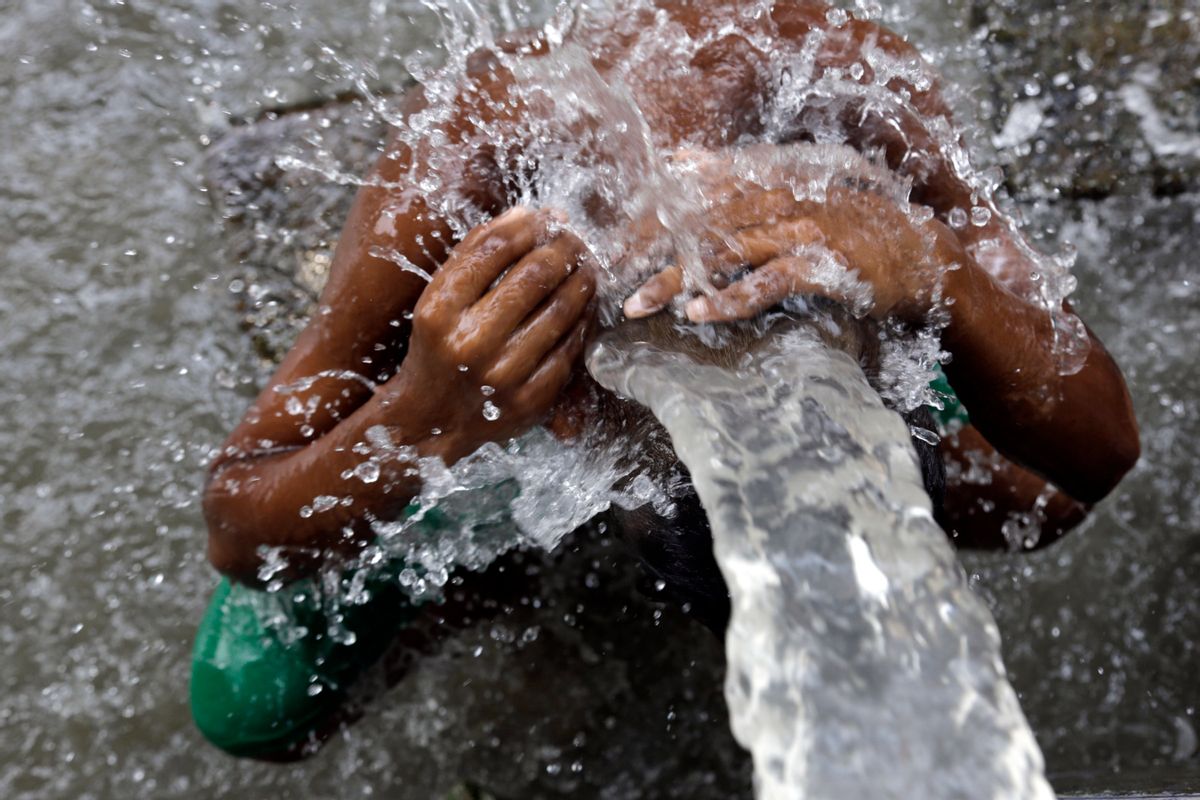A brutal heat wave that gripped India from March to May has resulted in a public health crisis. According to government data reported by local media, scorching temperatures claimed the lives of at least 56 people and led to nearly 25, 000 suspected heatstroke cases.
The months of March, April, and May saw unrelenting heat across the country, with highs exceeding 45 degrees Celsius (113 degrees Fahrenheit) for extended periods. The state of Rajasthan and the capital, Delhi, were particularly affected, with temperatures reaching a sweltering 50 degrees Celsius (122 degrees Fahrenheit). This extreme heat significantly strained India's healthcare system, with hospitals overflowing with heatstroke patients.
Experts attribute the severity of the heat wave to a combination of factors. The long-term trend of climate change has undoubtedly played a role, with rising global temperatures making heat waves more frequent and intense. Additionally, the lack of widespread access to air conditioning, particularly in densely populated areas, exacerbated the health risks associated with the extreme heat.
The Indian government has come under fire for its response to the heat wave. Critics argue that authorities failed to adequately warn the public about the dangers of heatstroke and provide essential heat mitigation measures. While some cities issued heat advisories, many residents, particularly daily wage laborers and those living in poverty, lacked the resources to stay cool during the scorching days.
The economic impact of the heat wave has also been significant. The scorching temperatures disrupted agricultural production, with crops wilting and yields suffering. Labor productivity also declined as extreme heat forced many workers to reduce their working hours or take breaks to avoid heatstroke.
The recent heat wave serves as a stark reminder of the growing threat posed by climate change in India. As global temperatures continue to rise, the frequency and intensity of heat waves are expected to increase, putting additional strain on the country's infrastructure, healthcare system, and economy. Moving forward, there is an urgent need for India to invest in climate adaptation strategies, including early warning systems, improved access to cooling infrastructure, and heat-resistant crops. By taking proactive measures, India can better prepare for future heat waves and protect its citizens from the dangers of extreme heat.

